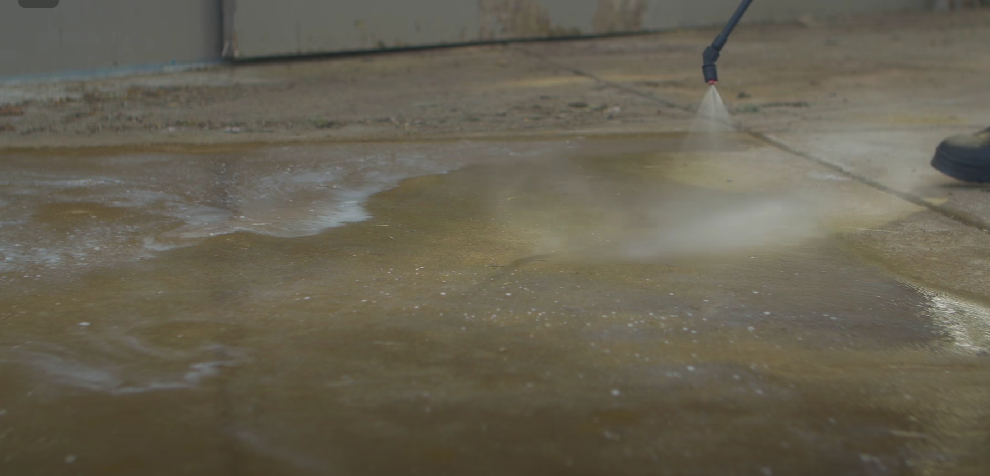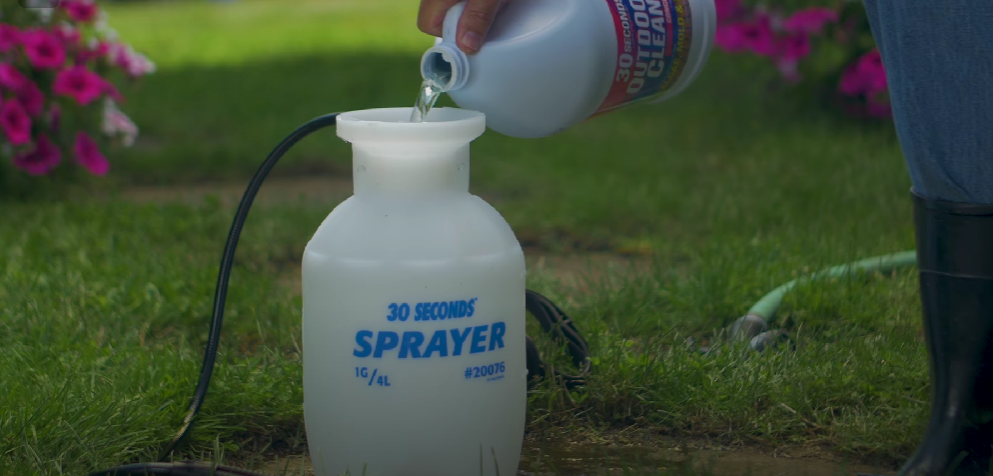What are the maintenance requirements for residential concrete?


Caring for residential concrete is crucial to extending its lifespan and preserving its quality. The following are the key maintenance steps:
- Sealing
- Frequency: Every 2–3 years (or as specified by the sealant manufacturer).
- Purpose: Shields the concrete from moisture, stains, deicing chemicals, and weather-related damage.
- Application: Begin by thoroughly cleaning the surface, then apply the sealant evenly for optimal protection.
2. Cleaning
- Routine Cleaning: Sweep regularly to remove debris and dirt.
- Deep Cleaning: Use a pressure washer or mild detergent solution to remove stains, grime, and mildew.
- Stain Removal: Address oil, grease, or rust stains promptly with appropriate cleaning agents to prevent permanent marks.
3. Crack Repair
- Inspection: Regularly check for cracks, chips, or scaling.
- Repair: Use a concrete repair compound or patching material to seal small cracks and prevent water infiltration.
4. Avoiding Damage
- Deicing Chemicals: Avoid using deicers containing ammonium nitrates or sulfates, which can damage concrete. Sand or kitty litter can be used for traction instead.
- Heavy Loads: Avoid parking heavy vehicles or placing heavy equipment on concrete not designed to bear such loads.
5. Winter Care
- Remove snow and ice promptly to reduce freeze-thaw cycles that can cause cracking.
- Use a plastic or rubber-edged shovel to avoid scratching the surface.
6. Proper Drainage
- Ensure proper drainage around concrete surfaces to avoid water pooling, which can lead to erosion or undermining the slab.
7. Joint Maintenance
- Inspect and maintain control and expansion joints to ensure they are filled and sealed properly.
- Use a flexible sealant to prevent debris and water from entering.
8. Protection from Heavy Impact
- Place protective mats beneath furniture or equipment to minimize the risk of chipping or scratching.
- Handle sharp or heavy objects carefully to avoid dropping them on the surface.
9. Resurfacing
- For older concrete with significant wear, consider resurfacing to restore appearance and protect the structure.
10. Professional Inspection
- For large cracks, uneven settling, or signs of serious wear, consult a professional to assess and recommend structural repairs.
Tips for Longevity
- Keep nearby trees and shrubs trimmed to prevent root intrusion.
- Plan landscaping to direct water away from concrete surfaces.
- Use good-quality materials when making repairs or improvements.
LET'S WORK TOGETHER!
Choosing Stevens Point Concrete Experts means choosing a team dedicated to delivering exceptional craftsmanship and superior results. We offer comprehensive concrete solutions, including precise lifting, durable coatings, and stunning decorative finishes, all designed to improve your property's functionality and aesthetic appeal. Our commitment to advanced techniques and high-quality materials ensures that every project meets your highest standards. With a focus on attention to detail and customer satisfaction, we guarantee a smooth, professional experience. Contact us today for reliable service and impressive outcomes. Trust Stevens Point Concrete Experts to bring your vision to life with unparalleled quality and expertise.
QUICK LINKS
COMPANY INFO